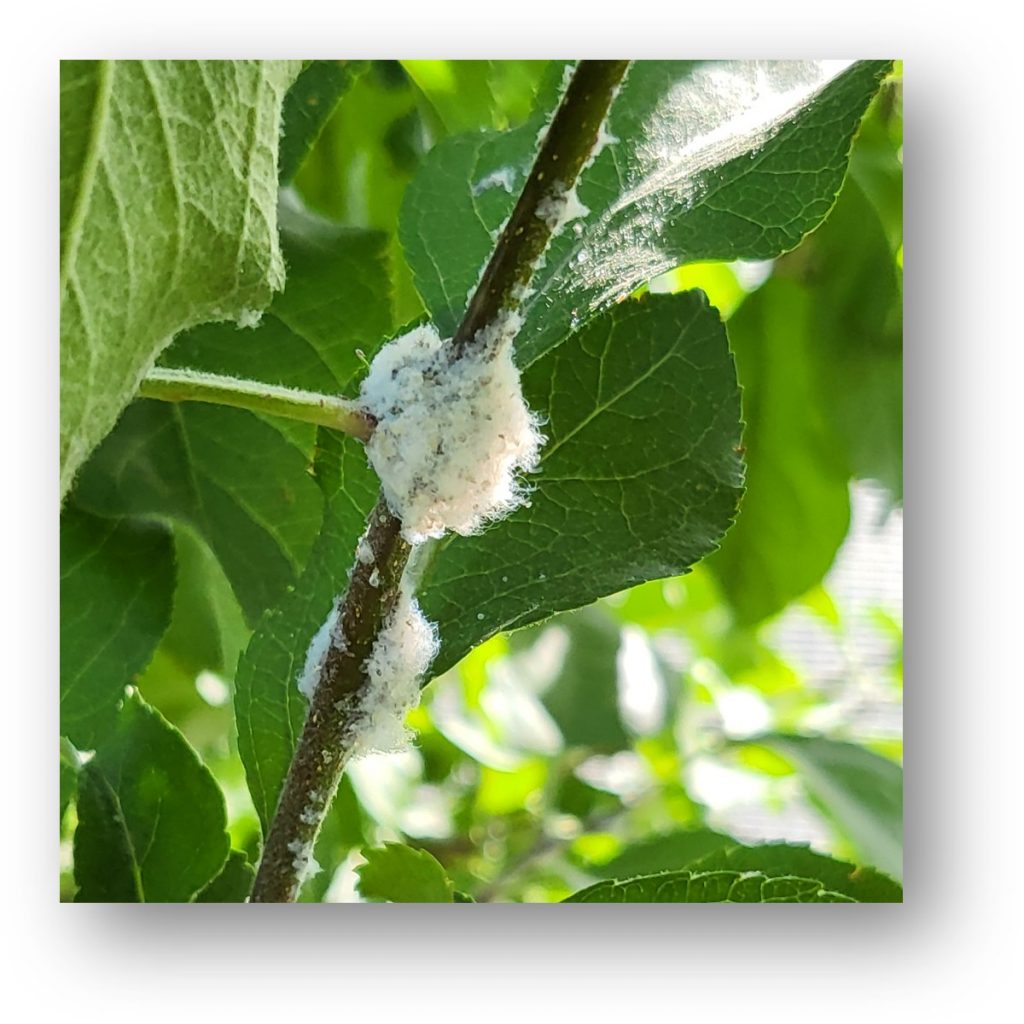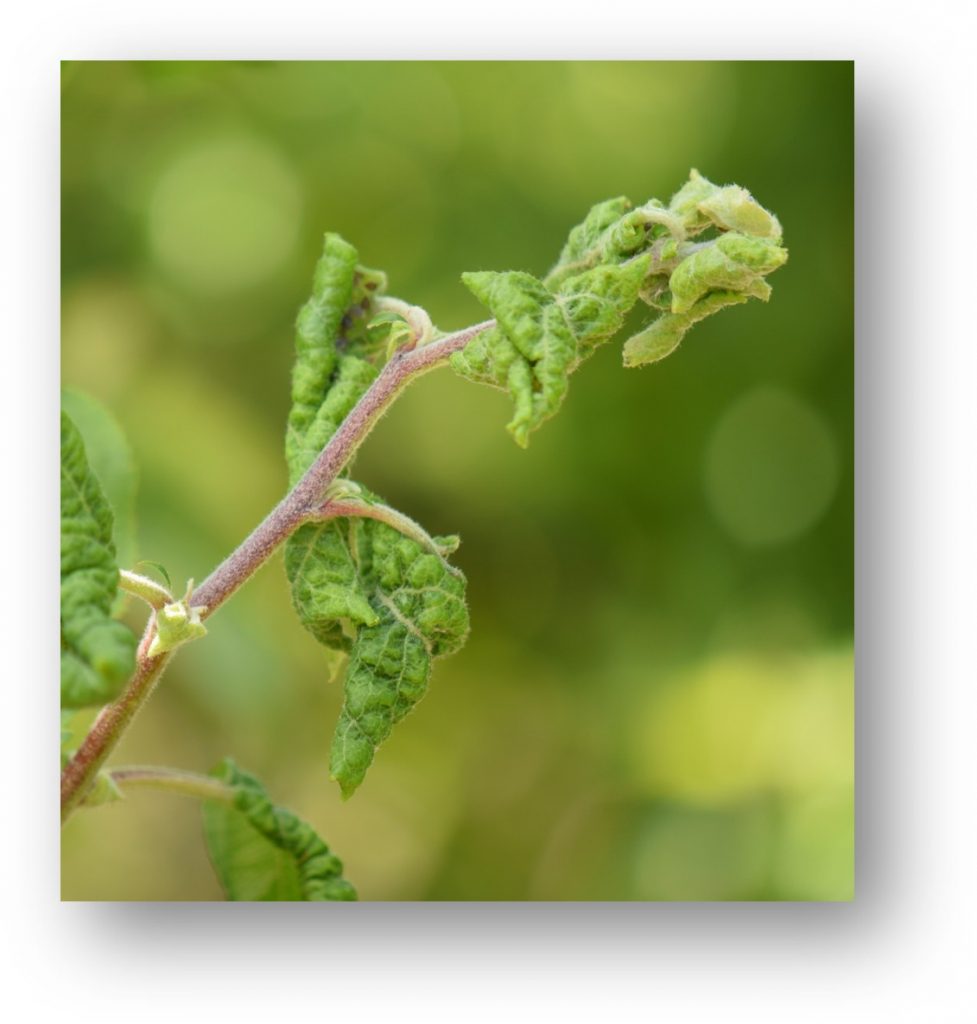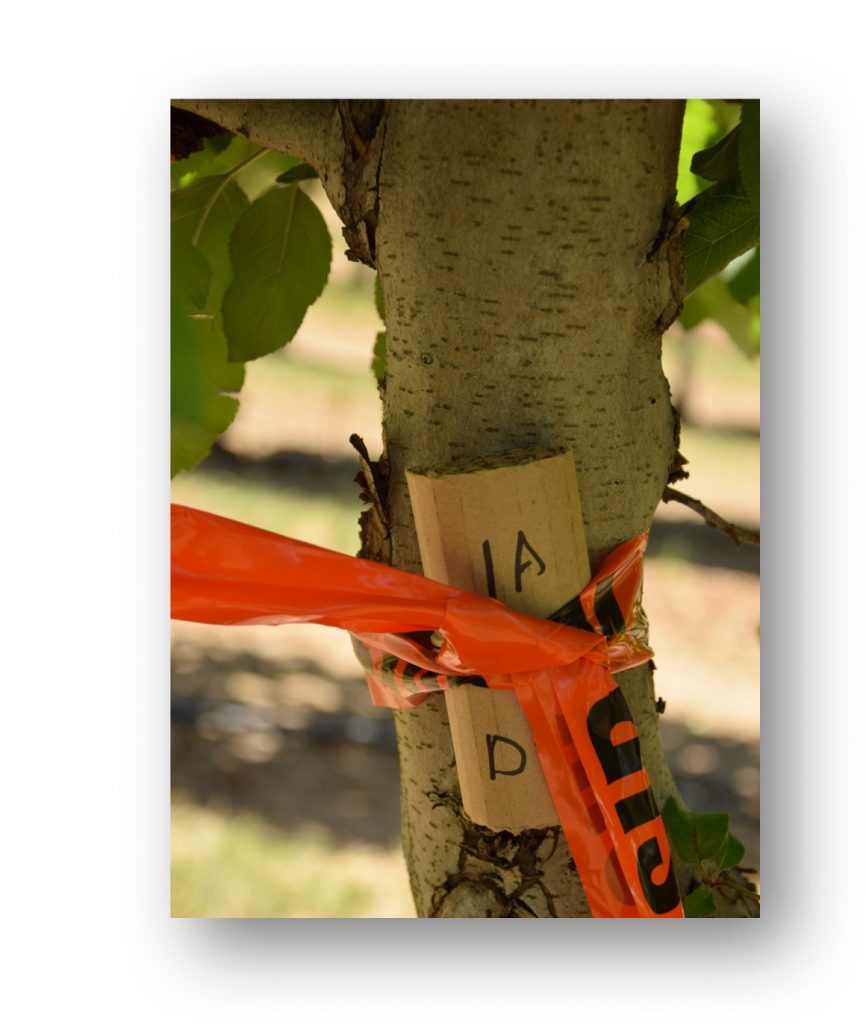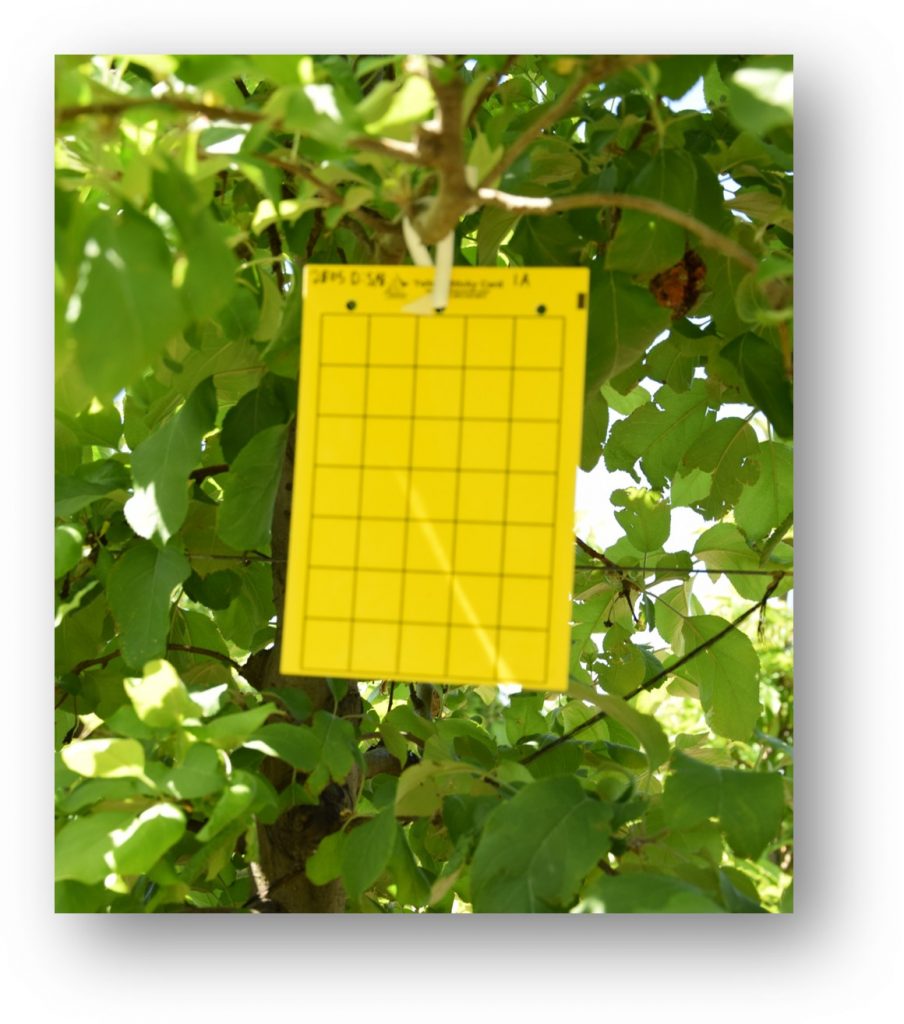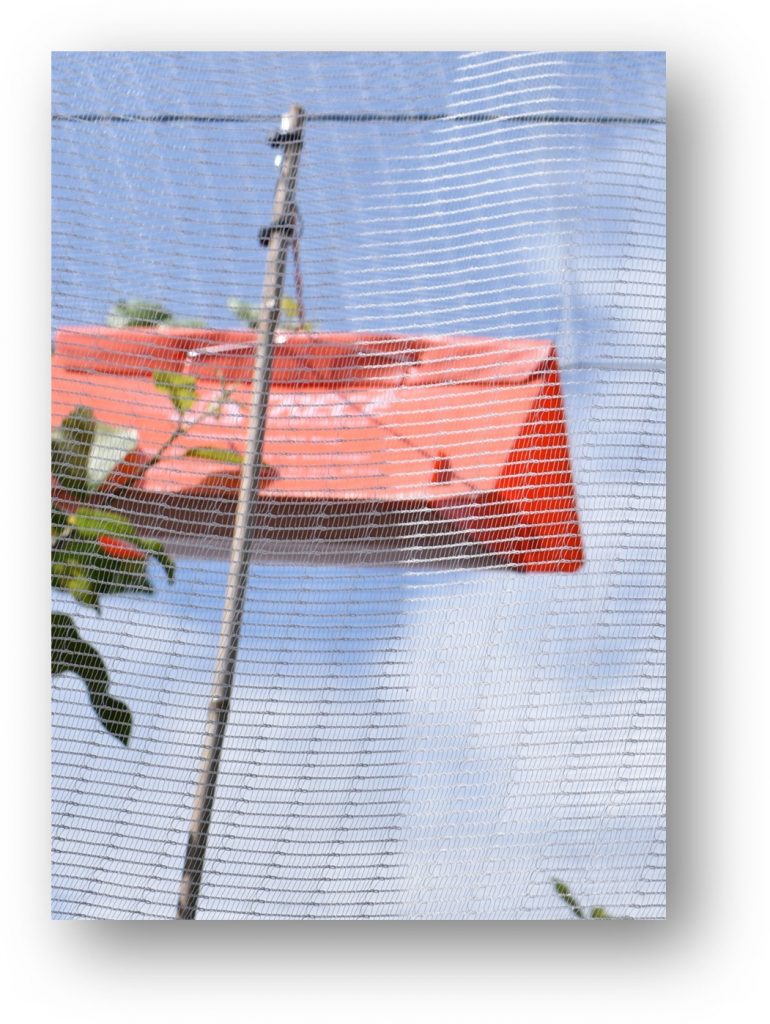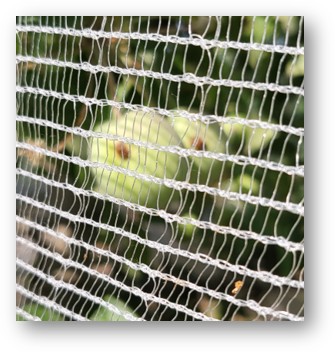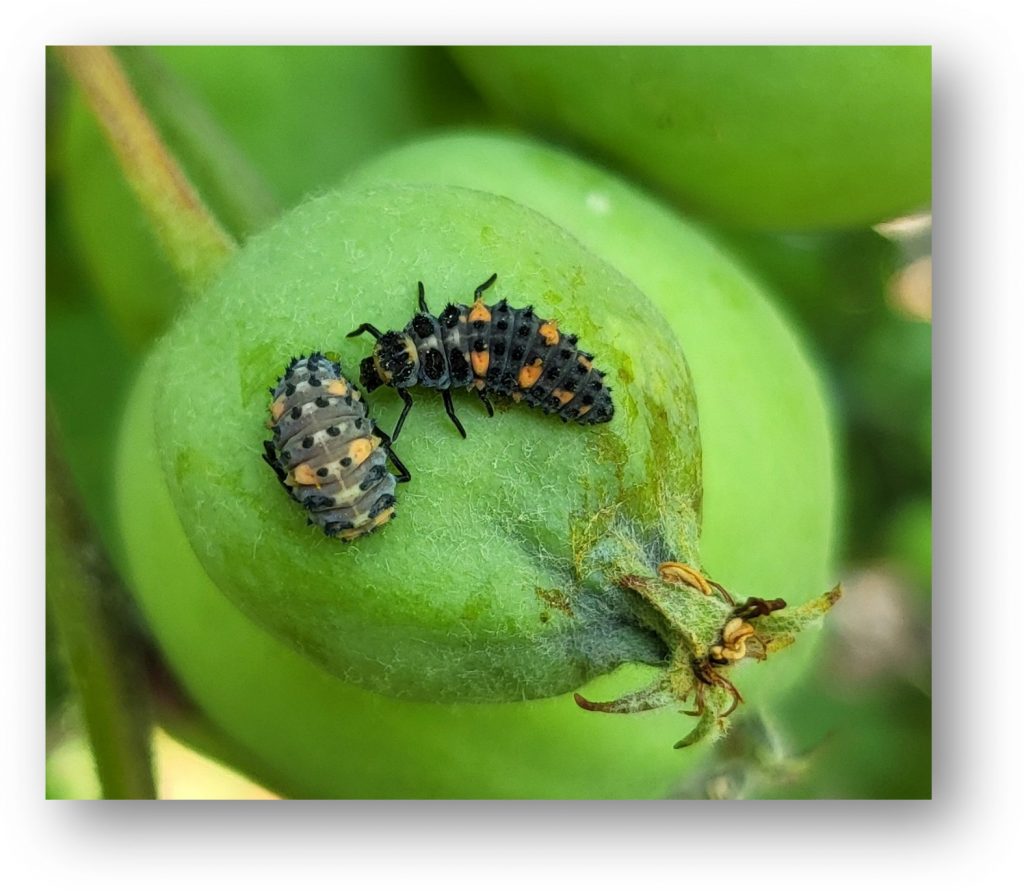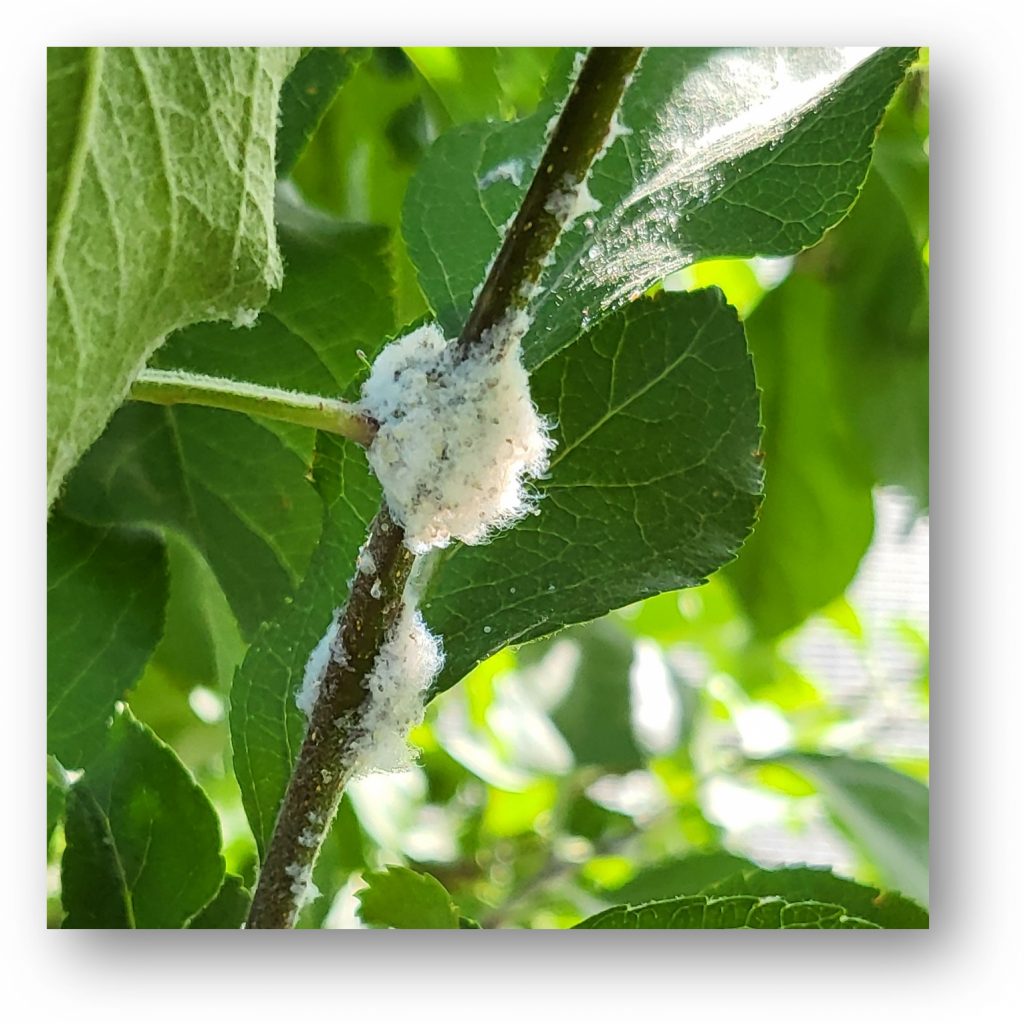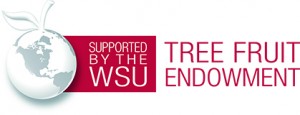Problem
Drape nets do a great job excluding codling moth – but they can also exclude natural enemies, leading to aphid outbreaks.
Project Goal
Use timing and degree of net deployment, plus releases of insectary natural enemies to solve the aphid problem, but still control CM.
Treatments
- Net fully closed at PF through harvest
- Net fully closed before CM gen. 2
- Net partly closed at PF
- Net full closed + predator releases (x3)
- Check – no net
- Check – no net + predator releases (x3)
Points to consider:
- Nets installed/closed ca. 2 weeks late
- Block had high CM pressure going into the test (high carryover)
- Block had NO SPRAYS in the 2025 season
- Next year we anticipate lower pressure in the netted plots (less carryover)
Results
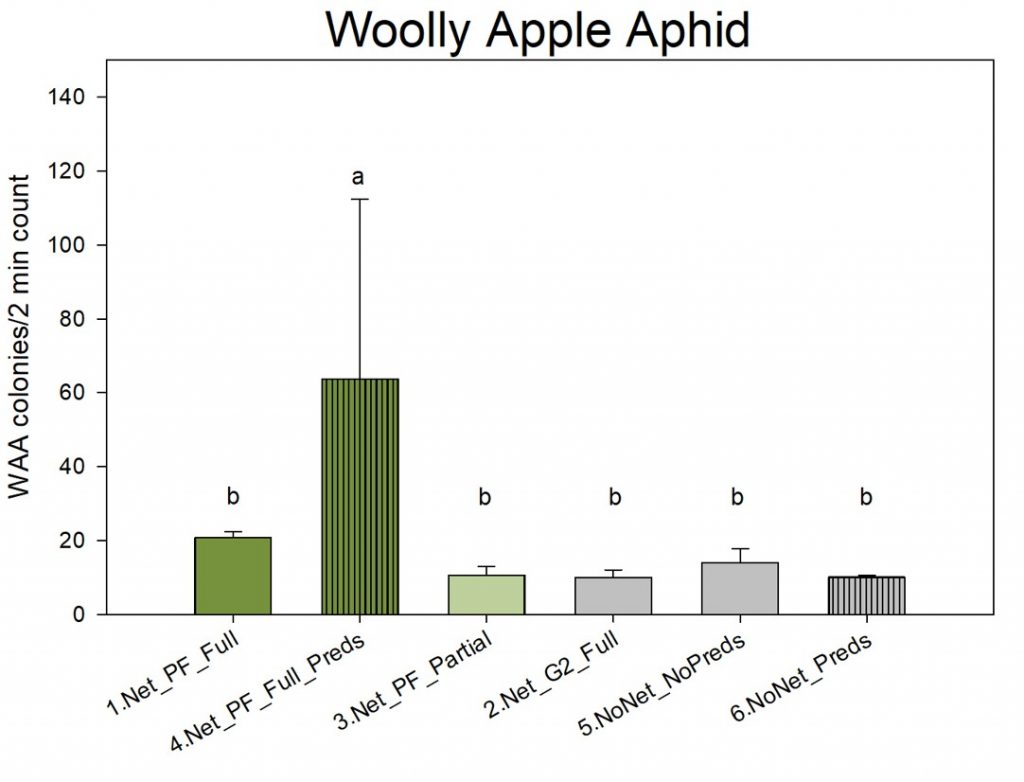
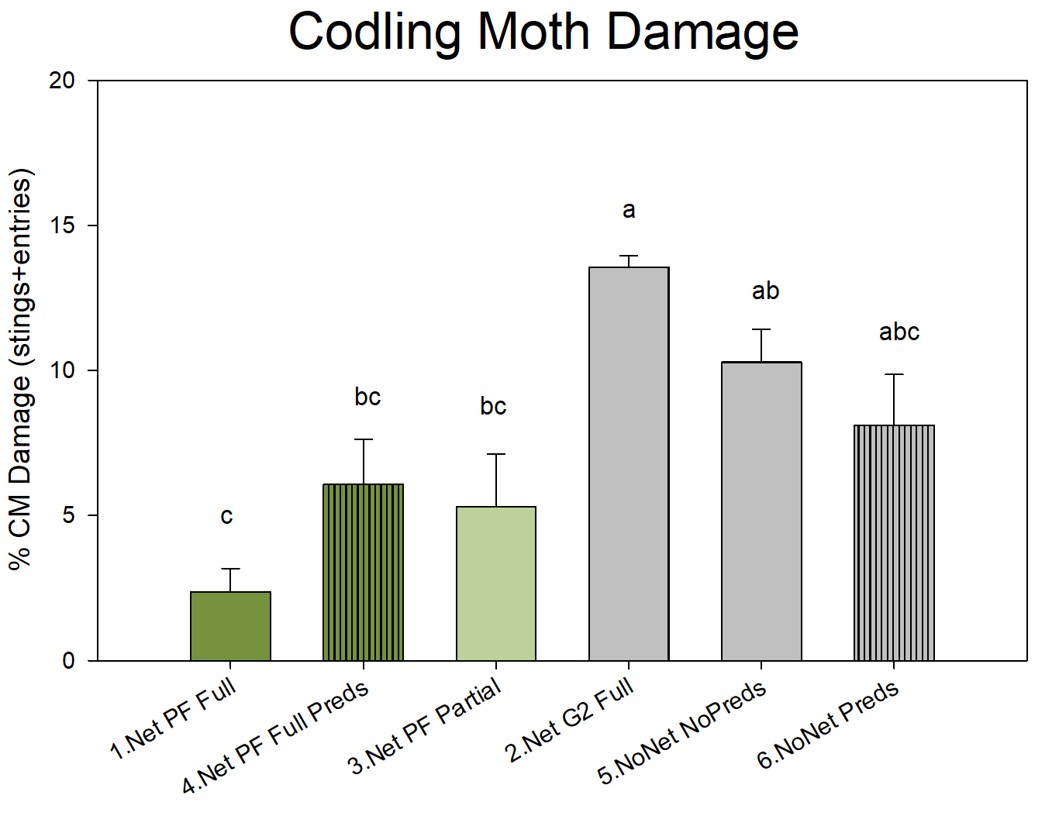
- Rosy apple aphid appeared early, and attracted large numbers of lady beetles. RAA were unaffected by nets.
- Woolly apple aphid began building in late May, and were higher in one of the fully netted plots (trt. 4)
- Codling damage was lowest in the fully netted plots, even though they were closed about 2 weeks late
Thanks to funders
Warmest thanks to the Washington Tree Fruit Research Commission for grant funding and DrapeNet for donation of nets, bullhorns and extenders.
Contact
Elizabeth H. Beers, Rebecca Schmidt-Jeffris, Adrian Marshall
WSU-TFREC/USDA-ARS Wapato
ebeers@wsu.edu
Image Gallery
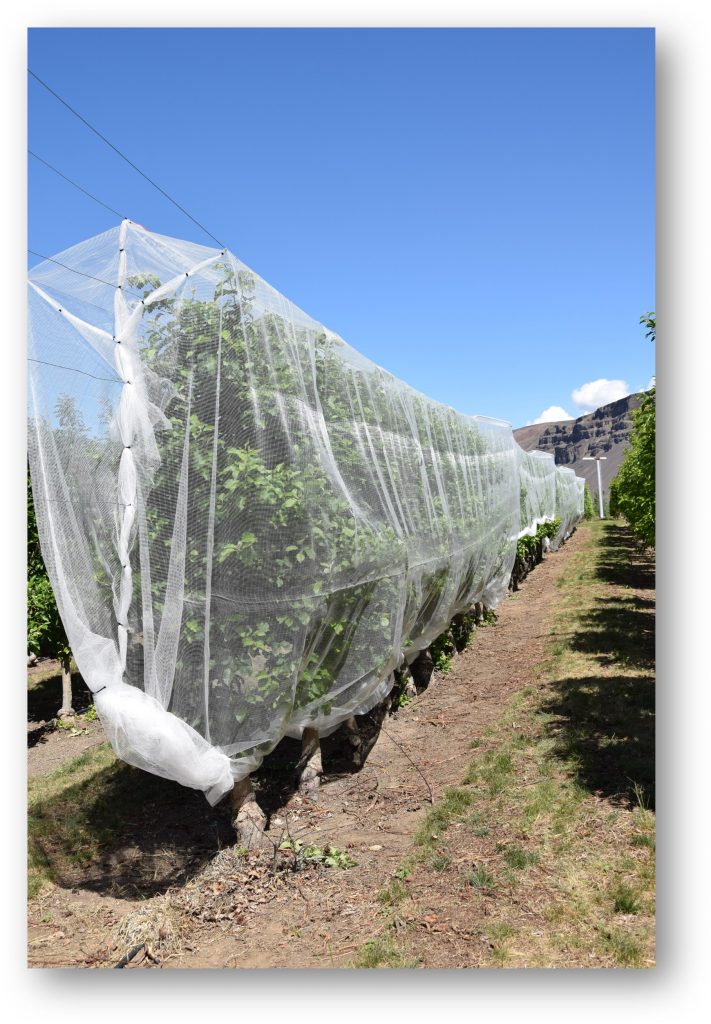
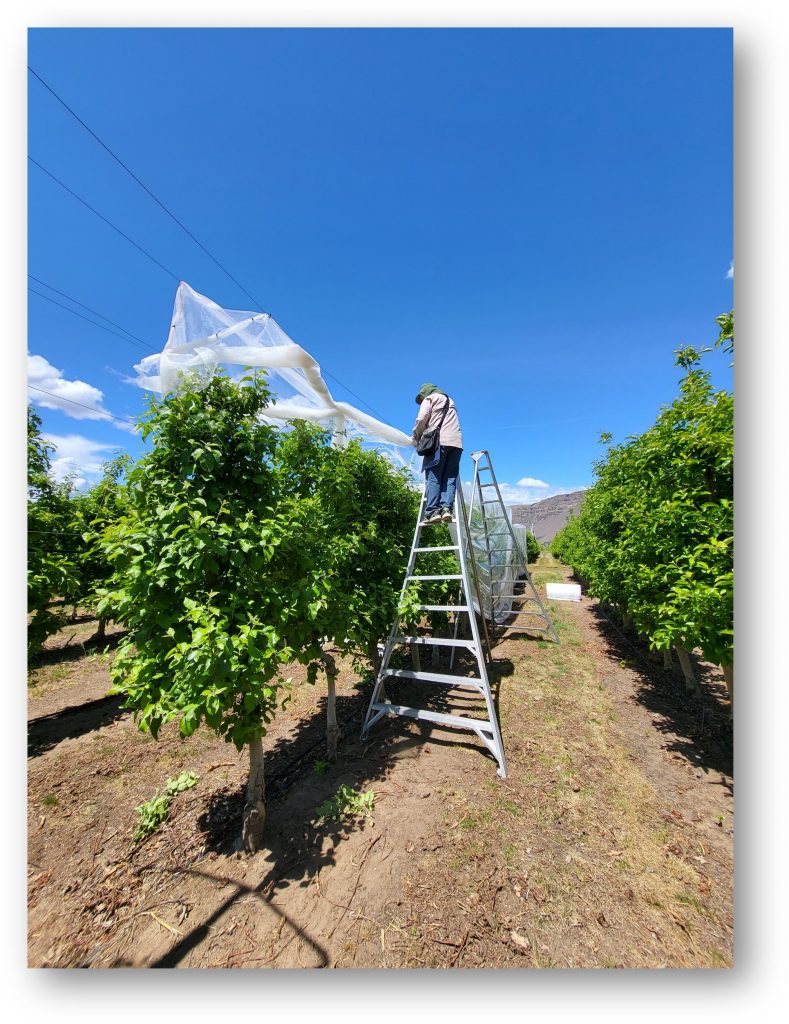
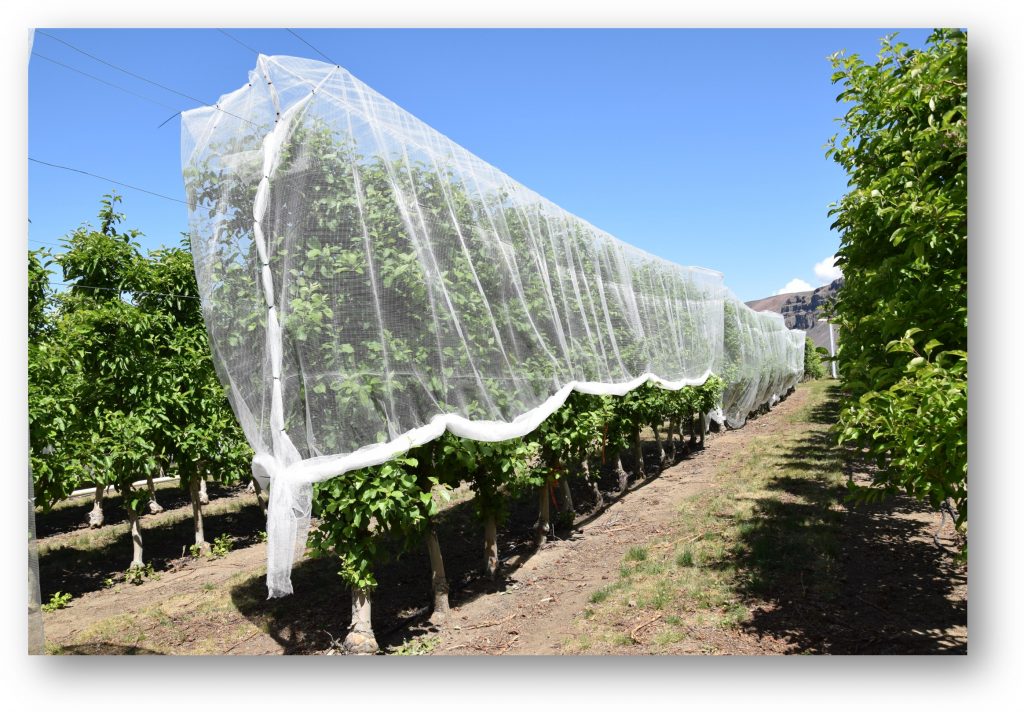
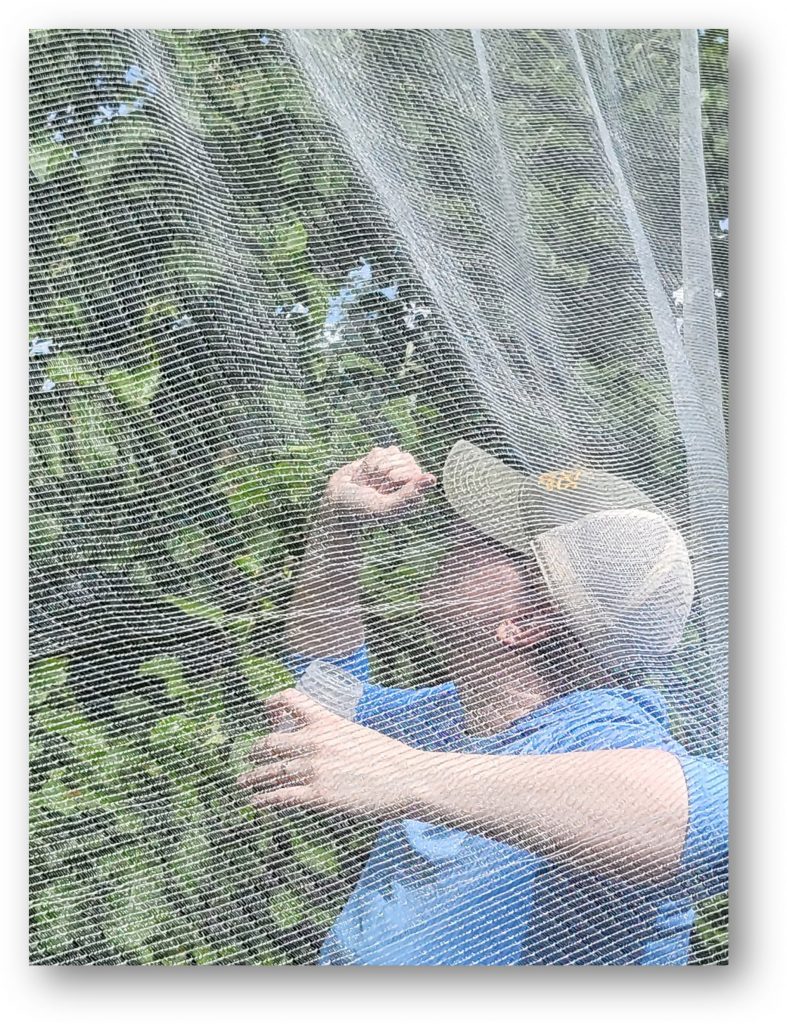
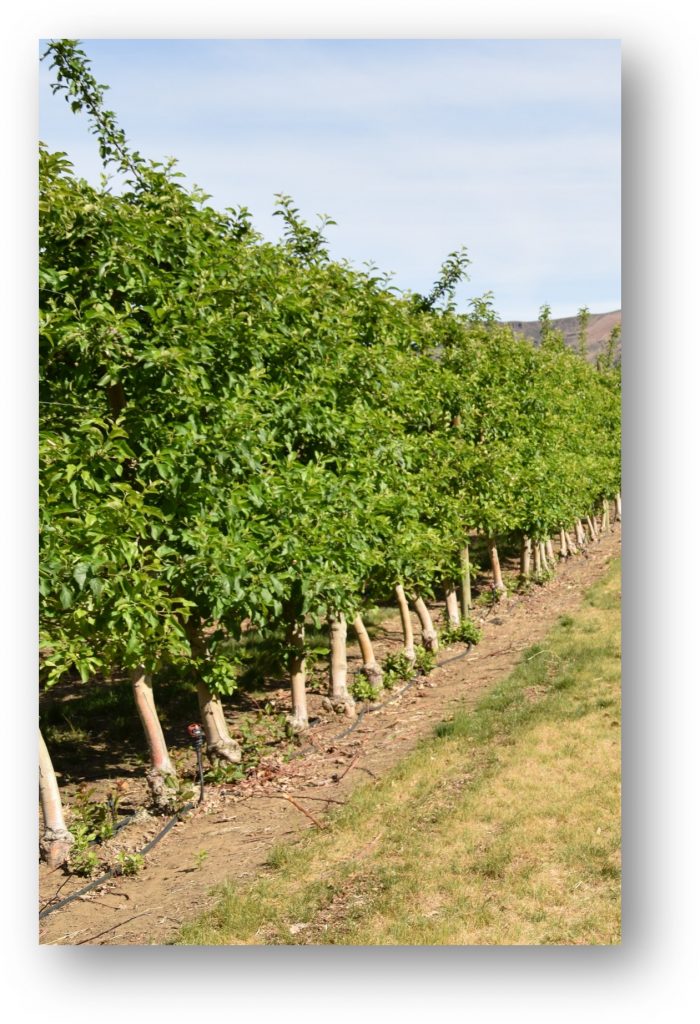
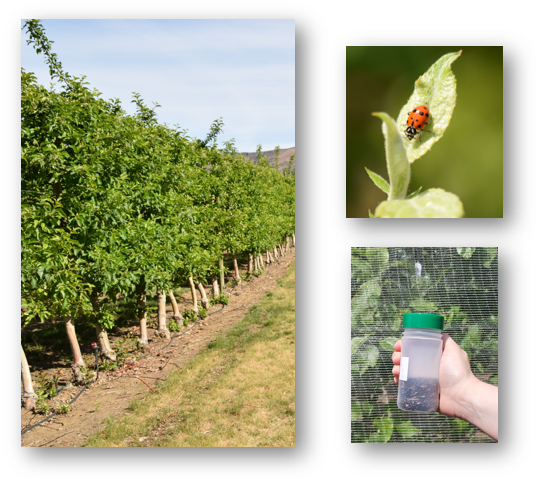
Pests and Natural Enemies: Sampled every other week
Codling moth fruit damage: 1x per generation
